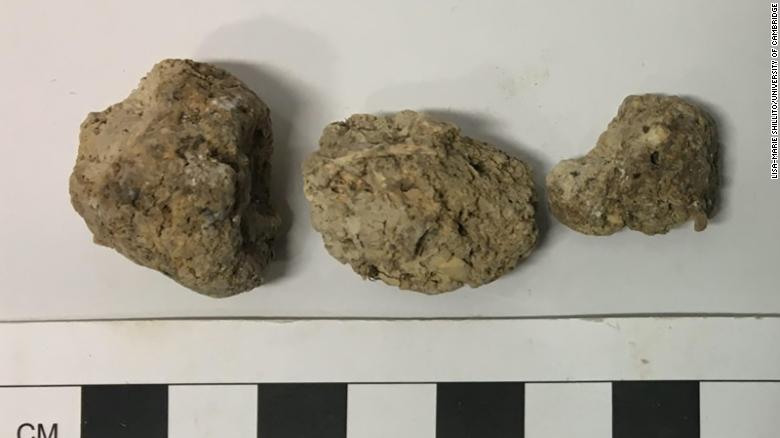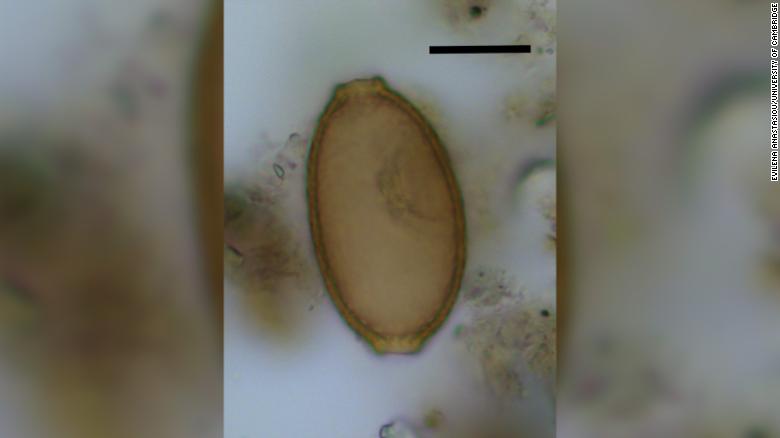Capillariid worm eggs were key to the discovery
As reported, the occupants of the prehistoric town near Stonehenge, who most likely erected the famous stone circle, ate the internal organs of cattle, according to ancient dung discovered at the site. Several chunks of fossilized poop, known as coprolites, were discovered in a rubbish heap at Durrington Walls, (a village about 2.8 kilometers) from Stonehenge. Much of the enormous monument in southwest England was built around 2500 BC, and so was the village. The eggs of parasitic worms were discovered in five pieces of stool from one human and four canines.
In addition, some capillariid worm eggs were found in these human excrements and in three canine coprolites, which were partly identified by their lemon shape. According to a new study on the fossils, the existence of this type of worm suggested that the individual had eaten raw or undercooked lungs or liver from an already infected animal, resulting in the parasite’s eggs going right through the digestive tract. Capillariid worms infect cattle and other ruminants, suggesting that the parasite was most likely spread through consuming cattle, as per the study authors. Therefore, it’s possible that the dogs were fed leftovers.


Bones discovered in the rubbish dump, however, indicated that cattle were not the most regularly consumed animal. Pigs accounted for 90% of the 38,000 bones discovered, while cattle for 10%.
Fish tapeworm eggs were found in one piece of a dog’s excrement, suggesting that it had become infected after eating raw freshwater fish. However, no further evidence of fish consumption has been discovered at the location, such as bones.
This lack of proof could be due to the fact that the site wasn’t used all year and the tapeworm-infested fish was eaten in a different village.
“Durrington Walls was occupied on a largely seasonal basis, mainly in winter periods. The dog probably arrived already infected with the parasite”, according to study co-author Dr. Piers Mitchell, a medical doctor and senior research associate at the University of Cambridge’s Department of Archaeology’s Ancient Parasites Laboratory.
“Isotopic studies of cow bones at the site suggest they came from regions across southern Britain, which was likely also true of the people who lived and worked there”, he explained. The findings were published in the journal Parasitology. It must be said that Stonehenge is constructed up of two types of stone: bigger sarsen stones and smaller Welsh bluestone monoliths, which were erected first.
Archaeologists believe that the inhabitants who built the second stage of the monument, which included the instantly recognized trilithons (two vertical stones topped by a third horizontal stone), lived on Durrington Walls.
The settlement is also likely to have been the scene of several feasts, as evidenced by ceramic fragments and a large number of animal bones discovered there.
There is, however, little evidence that people actually lived or ate at Stonehenge.
“This new evidence tells us something new about the people who came here for winter feasts during the construction of Stonehenge”, said study co-author and The Stones of Stonehenge research project leader Mike Parker Pearson, who’s a professor at University College London’s Institute of Archaeology.
“Pork and beef were spit-roasted or boiled in clay pots but it looks as if the offal wasn’t always so well cooked”.

